masstransit
Latest

Visa will help bring tap-to-pay to more buses and subways
Tap-to-pay is incredibly convenient for mass transit, but it's also incredibly inconsistent. There's no guarantee you'll find it in every big city, let alone smaller burgs that can't justify revamping their turnstiles. Visa wants to fix that -- it's partnering with Planeta Informatica on a new Secure Access Module that brings tap-to-pay to existing public transportation systems. Your bus or subway network wouldn't have to throw everything out to let you pay with your contactless card, smartphone or watch.
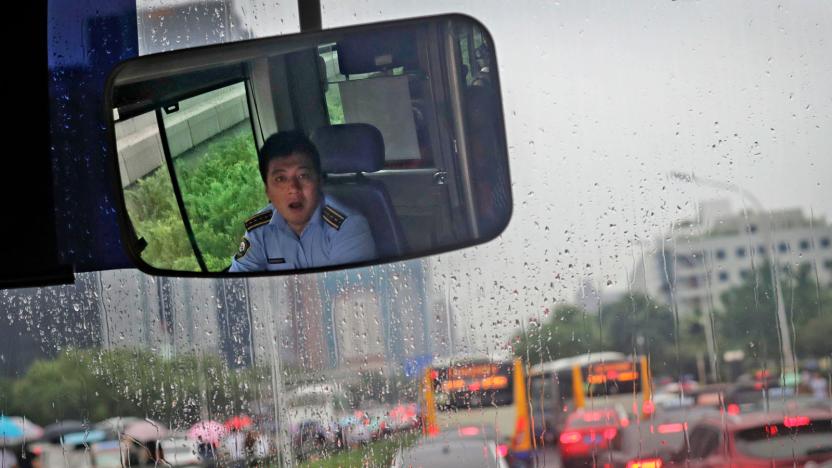
Intel's Mobileye will help China's public transport go autonomous
Mobileye is making a big push for autonomous driving in China, albeit not in the way you might expect. The Intel-owned company is "exploring" two major deals to use its self-driving tech in the country, most notably for mass transit. It's hoping to team up with Beijing Public Transport Corporation and Beijing Beytai to roll out driverless mass transit services in China, including the development of Level 4 (fully autonomous in specific conditions) tech and the creation of an industry standard. If everything goes forward, it could be ready in 2022.

Here's ride-hailing app focuses on shared rides
Most ride hailing apps are strictly focused on getting you from A to B. That's rather important, but they don't really acknowledge why you're going out -- you're heading to a party, a business meeting, a family get-together. Here Mobility thinks it can add that social element with its SoMo app. At its heart, it's a multi-service hailing app with group planning. You can create one-time or recurring events, invite people and help them find the best way to get around, whether it's a ridesharing car, a taxi or the bus.

Elon Musk's LA tunnel turns Teslas into a 'rail-guided train'
Tonight The Boring Company hosted a launch event for the test tunnel it successfully built in LA running from SpaceX's property to "O'Leary Station" at a reported cost of about $10 million. In tweets, he showed off a Model X equipped with gear that guides the car between elevators at each end of the tunnel, where it then simply drives right back onto the road. The rig itself is really just a set of wheels, and TechCrunch reports that Musk said during a media briefing that they will be available as an aftermarket add-on for $200 to $300.

California will require zero-emissions buses by 2040
California isn't just interested in taking fossil fuel cars off the streets -- it wants to clean up buses, too. The state's Air Resources Board has voted to require that all buses are emissions-free by 2040. The transition will start in earnest in 2029, when California will require that all new buses ditch fossil fuels. Transit agencies will have access to subsidies (plus funds from the state's settlement with VW over Dieselgate) to help soften the blow of upgrading their fleets.
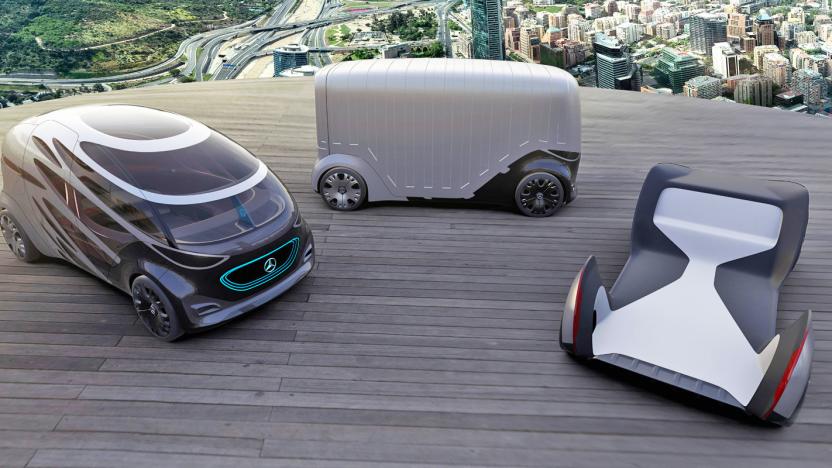
Mercedes self-driving van concept swaps bodies to match its cargo
Self-driving vehicles are useful for hauling both people and cargo, but you can usually only prioritize one of those tasks unless you can afford to buy separate vehicles. Mercedes-Benz might have a solution to the problem: build a machine that can change its role on demand. Its Vision Urbanetic concept van uses a modular body system to switch between people-carrying and cargo duties, with an electric-powered platform underneath.
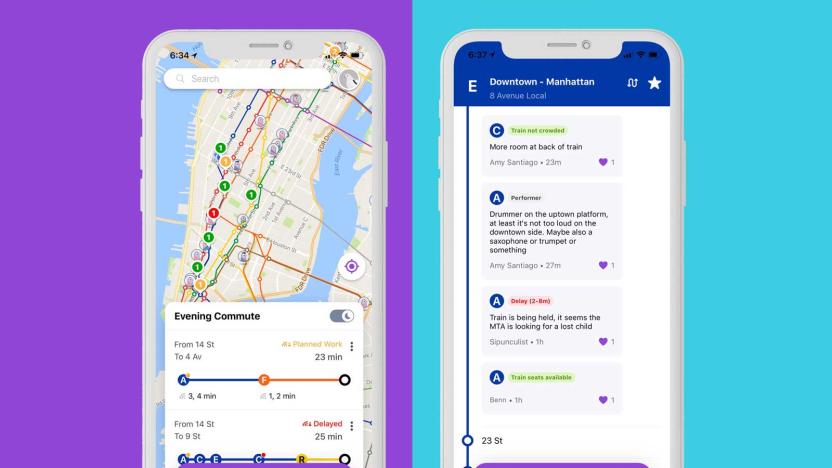
Google incubator's New York City subway app offers Waze-like alerts
Crowdsourced navigation apps like Waze are helpful for avoiding the real-world hazards that conventional apps don't mention. But what if you use mass transit -- why can't you get alerts that go beyond official route closures and delays? You can now, if you live in New York City. Google incubator Area 120 has released an invitation-only Pigeon app for iOS that offers NYC subway directions based both on real-time train positions and user-submitted feedback. If a train faces an extended delay or there's a glut of people at a given station, you can switch lines and stops to make your commute a little faster (or at least, less painful).
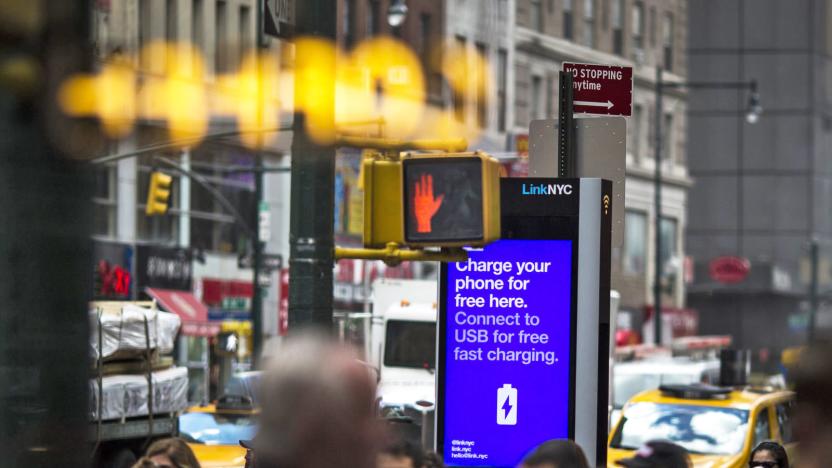
New York City's WiFi kiosks now offer real-time bus arrivals
Numerous cities display real-time bus arrivals on public screens, but New York City? Not so much -- you'll probably have to pull out your phone to know if you have a chance of making your ride. That shouldn't be a problem before long, as the city has launched a pilot program that puts real-time bus info on LinkNYC's gigabit WiFi kiosks. Visit one of 29 kiosks in Brooklyn's City Council District 39 and you can see arrival times for nearby stops at a glance, letting you know when you need to hustle.
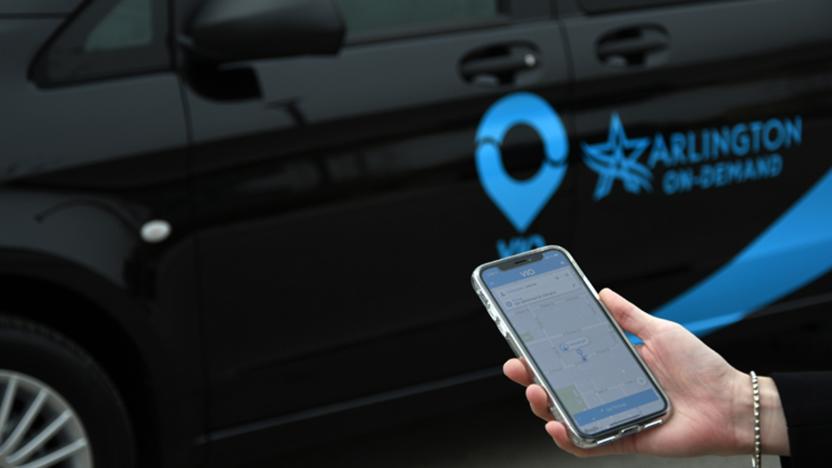
Texas city drops its bus service in favor of ridesharing vans
Ridesharing companies often dream of changing the face of public transportation, but one of them is going a step further -- it's becoming the only option for public transportation in one community. Arlington, Texas is replacing its bus service with Via's ridesharing platform. Pay $3 per trip ($10 for a weekly pass) and you can hop in a Mercedes van that will take you where you need to go, whether your hail it through a smartphone app or a phone call.
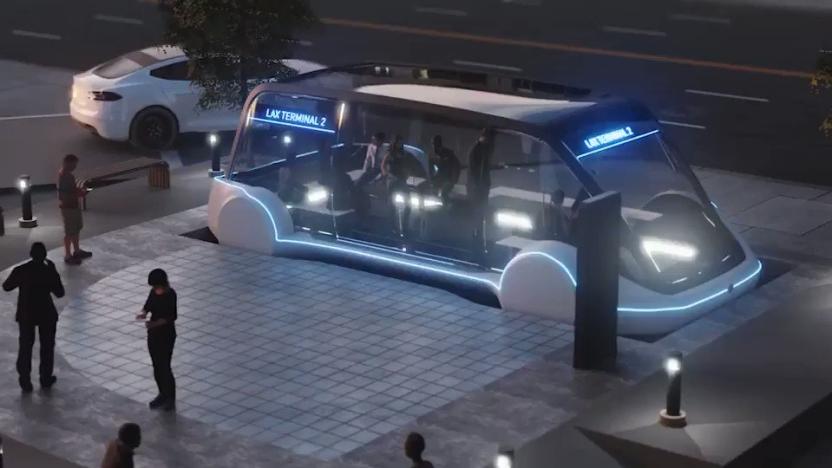
Elon Musk's Boring Company to prioritize pedestrians over cars
While we ponder the state of hyperloop tunnel transportation, Elon Musk just updated the plan for The Boring Company. The tech exec tweeted out a new concept video that focuses on a shuttle instead of cars. The shuttle (seen briefly in the first Boring Company video) is intended to carry people and bikes, and Musk said that Boring Company's loop network would have "1000's of small stations the size of a single parking space."
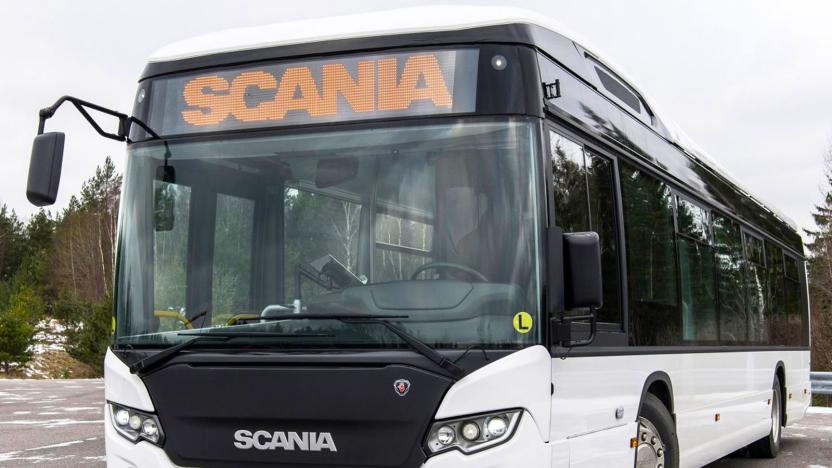
VW's first electric bus begins service in mid-March
The I.D. Buzz might not be the first electric Volkswagen bus you see roaming the streets. VW's Scania brand has announced that its first electric bus, the Citywide Low Floor, is going into full-fledged service in the Swedish town of Österlund in mid-March. And it's not a tiny experimental run, either. The initial three buses will run a 9.3-mile route with about 40 stops, and they'll make a total of 100 trips each day. The vehicles' 10-minute charging intervals (helped by massive charging stations) keep them from being sidelined for hours like typical electric cars.
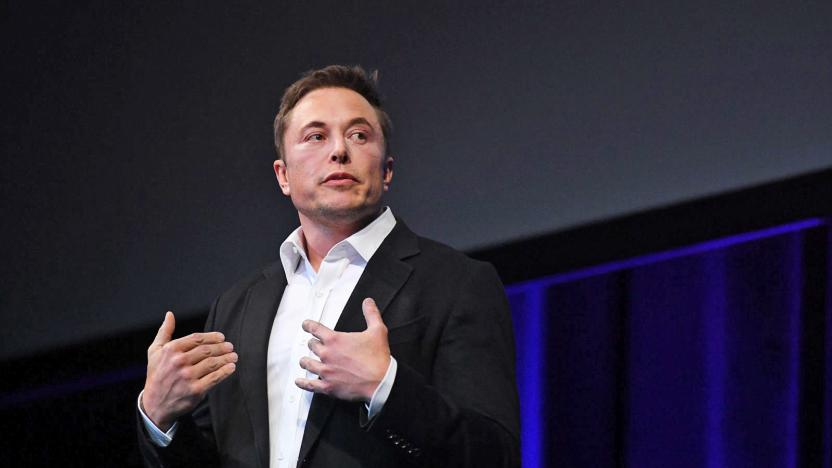
Elon Musk's second LA tunnel faces criticism from local government
Elon Musk's Boring Company hasn't finished digging its first LA-area tunnel, but it's already talking about a second... and it's facing some resistance. The startup has pitched Culver City's council on a 6.5-mile "proof of process" tunnel between the town and LA that would gauge its ability to build across jurisdictions, which is rather vital when you're planning large-scale transportation systems. This wouldn't be as focused on individual cars, however -- rather, the emphasis would be on mass transit that it has previously hinted at in vague terms.
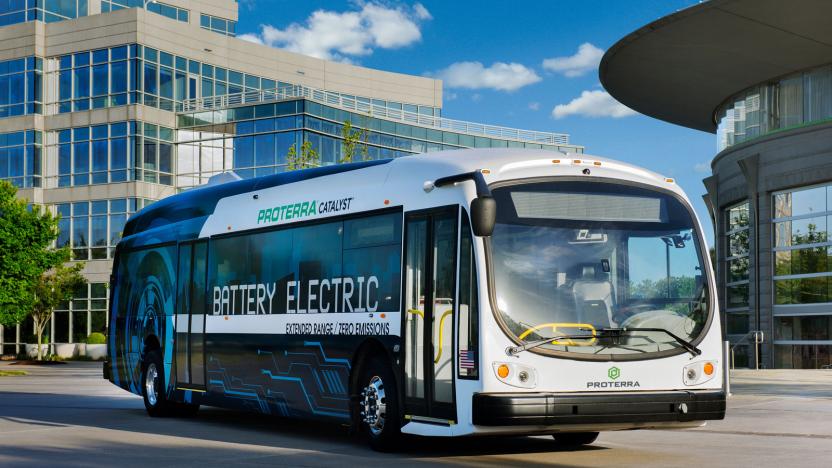
LA orders 25 of Proterra's electric buses
Los Angeles wants to field a completely electric fleet of buses by 2030, and it just took a large step toward making that a reality. The city's Department of Transportation (which runs the largest municipal transit in the county) has acquired 25 of Proterra's smaller 35-foot Catalyst buses, all of which should arrive in 2019. That may not sound like much, but it's a significant chunk of the DOT's 359-bus fleet. The deal promises real savings, too -- it should eliminate 7.8 million lbs. of greenhouse gas emissions per year and save $11.2 million in energy and maintenance over 12 years.
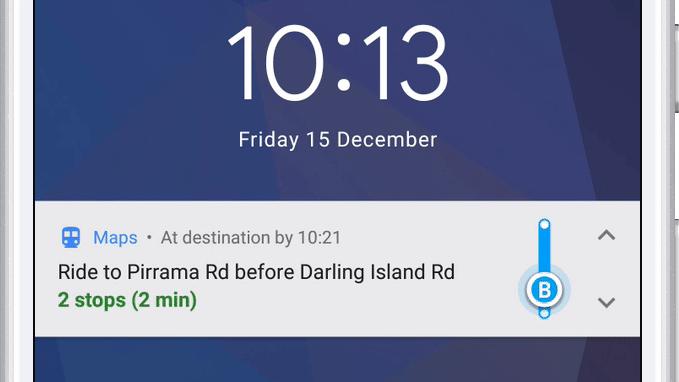
Google Maps will now tell you when to get off the bus or train
A mass transit feature for the Android version of Google Maps that notifies you when you need to get off the bus is finally live. It also includes step-by-step navigation, departure times and ETAs for your next public transportation ride. You can also track your progress as you go, just like you can when walking, biking or driving.
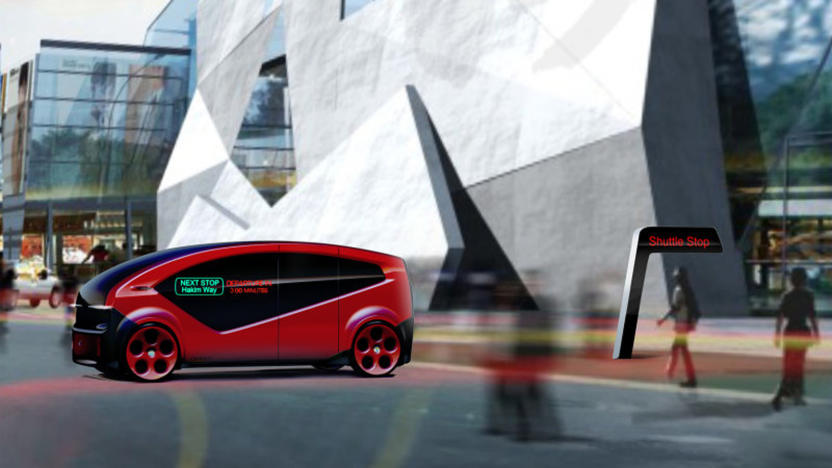
Fisker unveils self-driving shuttle built for smart cities
Believe it or not, Fisker isn't just focused on upscale electric cars. The automaker has teamed up with China's Hakim Unique Group on the Orbit, a self-driving electric shuttle tailor-made for smart cities. There aren't many details, but it's clearly taking advantage of its driverless nature: the boxy design maximizes passenger space, and there's a huge digital display that tells commuters when the shuttle departs and what its next stop will be. You wouldn't have to twiddle your thumbs wondering whether or not you'll make it on time.
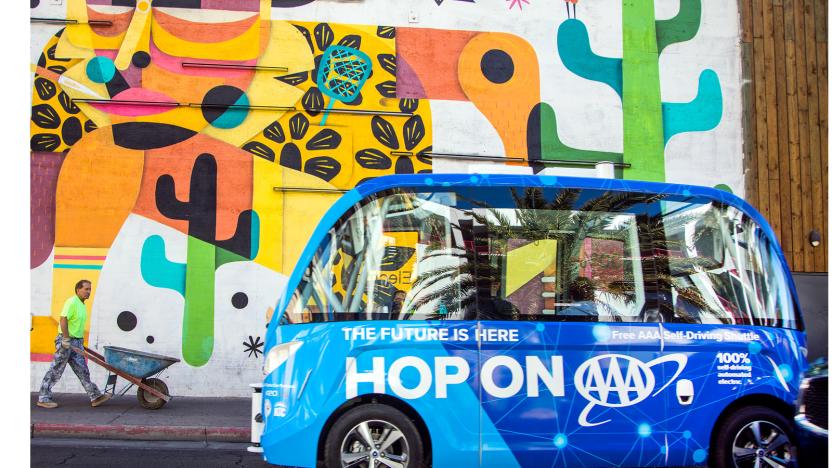
Las Vegas expands its self-driving shuttle tests this week
Las Vegas' initial self-driving shuttle trial clearly went well, as the city is coming back for another round. AAA and Vegas are launching a year-long trial on November 8th that will see one of Navya's shuttles drive a half-mile circuit in the downtown Fremont East district. It'll only make three stops each way, and it'll putter about at typical speeds between 10MPH and 15MPH, but it'll give you a chance to see how driverless mass transit works in real life for extended periods. The city has fitted traffic signals with wireless sensors to help them coordinate with the shuttle as it navigates the streets.
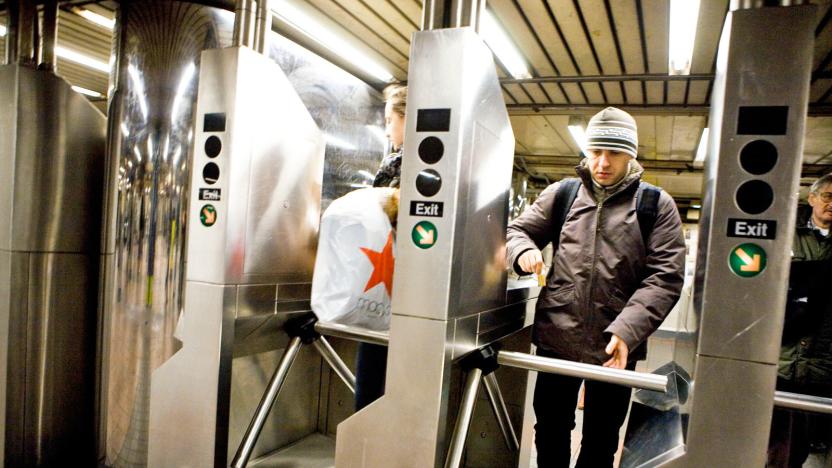
NYC subways get tap-to-ride turnstiles starting late 2018
New York City's plan to modernize its mass transit payments is getting underway... although you definitely won't want to chuck your MetroCard any time soon. The Metropolitan Transportation Authority is greenlighting a hefty $573 million contract that will install NFC-equipped fare systems across NYC. The plan should start installing readers in 600 buses and 500 subway turnstiles starting in late 2018, so you may tap your phone or card sooner than you might have thought (there was talk of a rollout in 2021). The rollout won't reach every corner of the city (plus Long Island Rail Road and Metro-North trains) until late 2020, though, so it won't be consistently convenient for a while.
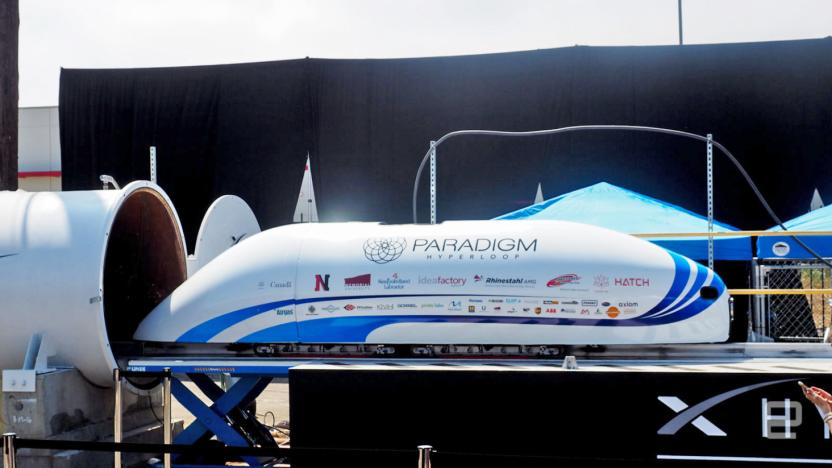
A hyperloop route may zip between Kansas City and St. Louis
The earliest hyperloop routes might not be limited to wealthy tech havens like California or the UAE. Missouri officials and Hyperloop One are seriously exploring the possibility of a hyperloop route that would run between Kansas City and St. Louis. In theory, the pod-based system would shuttle you between the cities in under half an hour, instead of the nearly 4 hours it takes by car -- you could commute from one end of the state to the other for work.

Electric bus sets record with 1,101-mile trip on a single charge
Think it was impressive when a Tesla club drove a Model S nearly 670 miles? It has nothing on what Proterra just managed. The startup just drove a Catalyst E2 Max electric bus a whopping 1,101.2 miles on a single charge. That's the furthest any EV has managed before recharging, and well past the 1,013.8 miles driven by the previous record-holder, a one-seat experimental car nicknamed "Boozer." It's not hard to see how Proterra managed the feat when you know about the technology, but this still bodes well for eco-friendly public transportation.
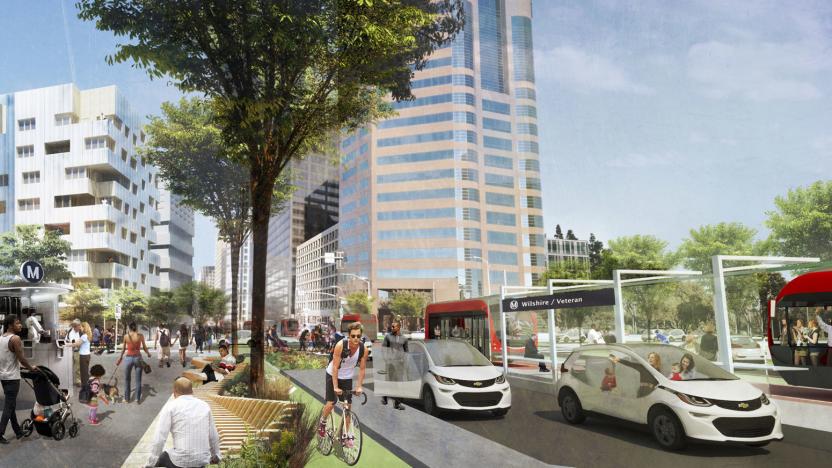
Lyft thinks it can fix Los Angeles traffic with fewer lanes
For the past several decades, cities have designed streets around the assumption that they'll be used for personal cars. If you need a poster child for this, you just have to look at Los Angeles' Wilshire Boulevard -- it has a whopping 10 lanes for vehicles, and even the bus lanes are almost treated like afterthoughts. It's no wonder gridlock is such a common problem, since LA is practically inviting more drivers and the traffic chaos that results. Lyft isn't happy with this state of affairs, and it thinks urban planners need to reinvent the road if they want to reduce traffic and embrace the future. It's partnering with designers at Perkins+Will and Nelson/Nygaard on a conceptual Wilshire Boulevard redesign for an era when car ownership fades away and public options dominate. There would be fewer lanes, but it could potentially serve up to 77,000 people per hour instead of today's 29,600.


